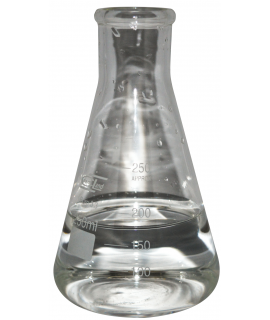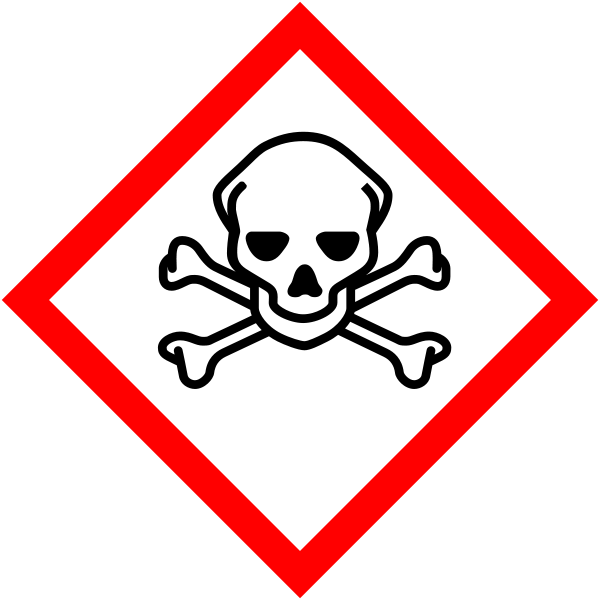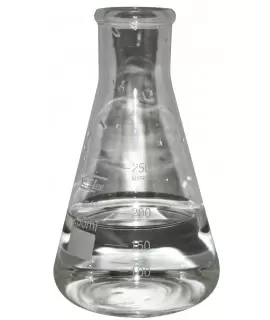2-MERCAPTOETHANOL (thioglycol) 99%, L
7.50 €
9.99 €
Save 25% 00030503
2-mercaptoethanol, CAS 60-24-2, beta-mercaptoethanol, BME, mercaptoethanol, thioglycol, 2-mercaptoethanol, beta-mercaptoethanol, mercaptoethanol, thioglycol
Parameter | Attribute |
2-mercaptoethanol | Thioglycol, 2BME, 2-ME, β-metas, 2-mercaptoethanol, beta-Mercaptoethanol, mercaptoethanol, 60-24-2, thioglycol, 2-Hydroxy-1-ethanethiol |
Formula | C2H6OS |
Structure | 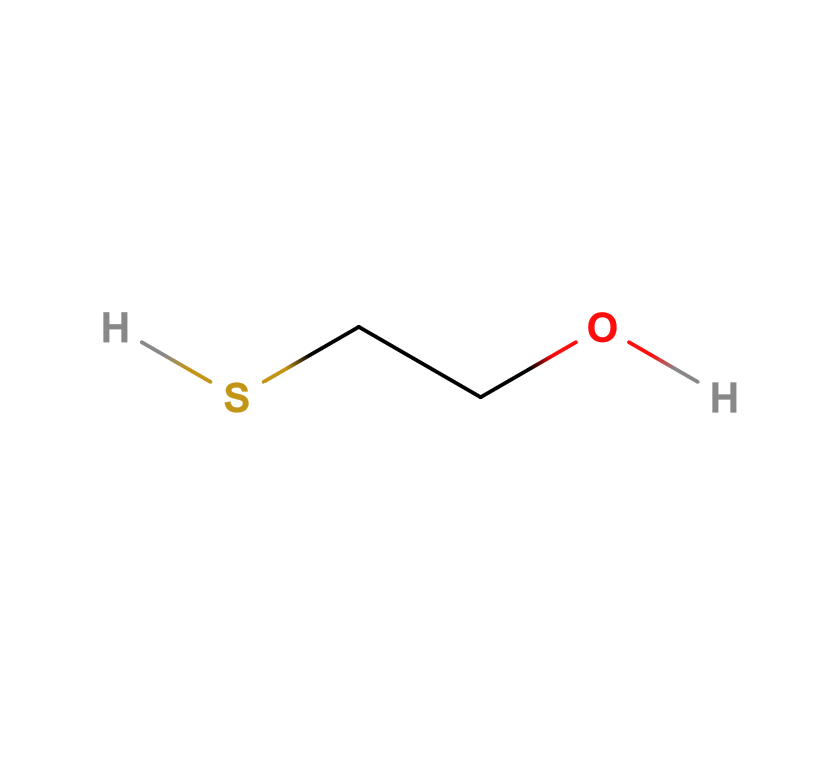 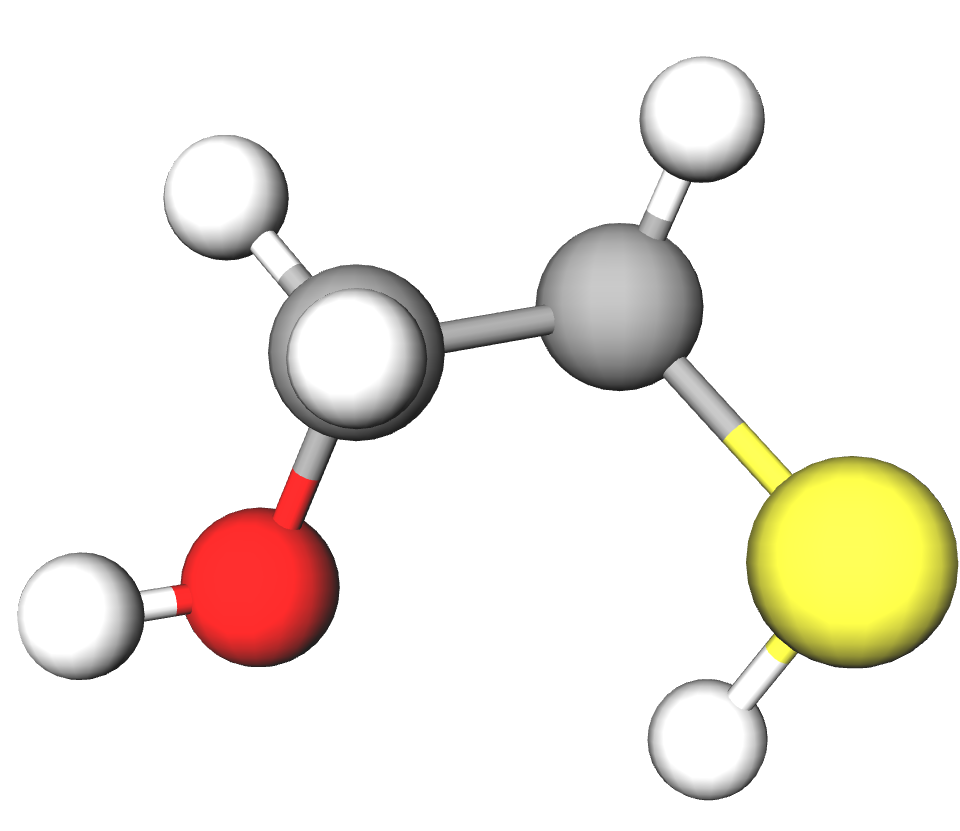 |
IUPAC | 2-sulfanylethanol |
INCI | - |
CAS | 60-24-2 |
Molar mass | 78,14 g/mol |
Density | 1,114 g/mL 20 °C |
Solubility | Miscible with water and most polar solvents |
2-Mercaptoethanol is a chemical compound with the formula HOCH2CH2SH. It is commonly used to reduce disulfide bonds and can act as a biological antioxidant by scavenging hydroxyl radicals. It is widely used because the hydroxyl group provides water solubility and reduces volatility. Its odor, although unpleasant, is less objectionable than that of other thiols due to its reduced vapor pressure. 2-Mercaptoethanol is a good reducing agent because it reacts rapidly with oxidizing agents.
In the cleaning industry, thioglycol is found as a pH adjuster or buffer which maintains a pH of 4.5 to 6, and is therefore very suitable for use in floor washing machine detergents, car wash shampoos, and paint and coating mixtures.
In the paint industry, 2-mercaptoethanol is used both as a solvent and as an intermediate in the production of dyes.
In metalworking, BME is used as an ingredient in the cleaning of metal surfaces from greasy soils, as well as in corrosion and oxidation protection. If tap water is used in the process, BME acts as an inhibitor of lime scale, i.e. it prevents the formation of lime scale on surfaces.
In the petroleum industry, 2-mercaptoethanol is widely used as a corrosion inhibitor, a precipitation stopping agent. Its antioxidant properties make it ideal for protecting sensitive compounds from oxygen, and its hydrophilic and hydrophobic properties make it well suited for hydrocarbon and oil melt water systems, where it mixes readily with both the aqueous and the oily phase. It can also be used in the mining industry to protect drilling fluids from oxidative processes.
In biotechnology, 2-mercaptoethanol is used to denature certain proteins. The rapid reduction of protein disulfide with 2-mercaptoethanol occurs in a two-step process involving an intermediate mixed disulfide. 2-Mercaptoethanol is often used interchangeably with dithiothreitol (DTT) or tris(2-carboxyethyl)phosphine (TCEP). 2-Mercaptoethanol is more stable than DTT, although it has a higher degradation. The half-life of 2-mercaptoethanol at pH 6,5 is more than 100 hours and its half-life at pH 8,5 is 4 hours. BME is often involved in enzymatic reactions. It is used to inhibit the oxidation of free sulfhydryl residues and therefore supports protein activity. 2-mercaptoethanol is used in several enzyme assays as a standard buffer component. Some RNA isolations use 2-mercaptoethanol. It is used in the isolation process to remove ribonucleases released during cell lysis. 2-Mercaptoethanol is also used to reduce the disulfide bonds that make ribonucleases highly stable enzymes and irreversibly denature proteins. This use prevents them from digesting the RNA during the extraction procedure.
Important: Add the item to your basket, fill in the recipient's details and confirm your order. Thank you!
To save your precious time, we will deliver your order to your address at a time convenient for You!
*- The pictures of the goods may not correspond to the actual appearance, color, assembly or shape of the goods and their packaging. The information in the product description is of a general nature and may not correspond to the information on the packaging of the product and may not be the exact use of the product. The information given on the stocks and prices of goods may, in certain cases, differ from the actual prices and stocks of goods
Signal word: Danger |
Hazard icons:
|
Danger phrases: H301 + H331 Toxic by ingestion or inhalation. H310 Fatal in contact with skin. H315 Irritating to skin. H317 May cause allergic skin reaction. H318 Severely damages eyes. H361d Suspected of harming the unborn child. H373 May cause damage to organs (Liver, Heart) by prolonged or repeated ingestion. H410 Very toxic to aquatic organisms, causes long-term effects. |
Precautionary statements: P273 Keep out of the environment. P280 Wear protective gloves/protective clothing/eye protection (face) protection/ use hearing protection. P301 + P310 IN CASE OF EMERGENCY: call the EMERGENCY CONTROL AND RESPONSE immediately. contact the ACCIDENT CONTROL OFFICE/ seek medical attention. P302 + P352 + P310 IN CASE OF CONTACT WITH SKIN: wash with plenty of water. Immediately call the ACCIDENT CONTROL AND INFORMATION OFFICE/ seek medical advice. P304 + P340 + P311 INFECTION: remove victim to fresh air; position victim comfortably, the victim should be placed in a position where he/she can breathe freely. Call the ACCIDENT CONTROL AND INFORMATION OFFICE / seek medical attention. P305 + P351 + P338 IN EYES: wash gently with water for a few minutes. Remove contact lenses, if present and if easy to do so. Continue to wash eyes. |
00030503
Related products
(8 other products in the same category)


